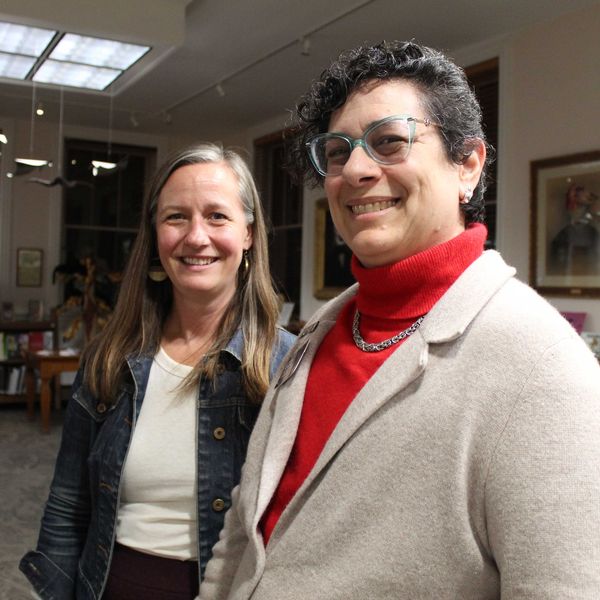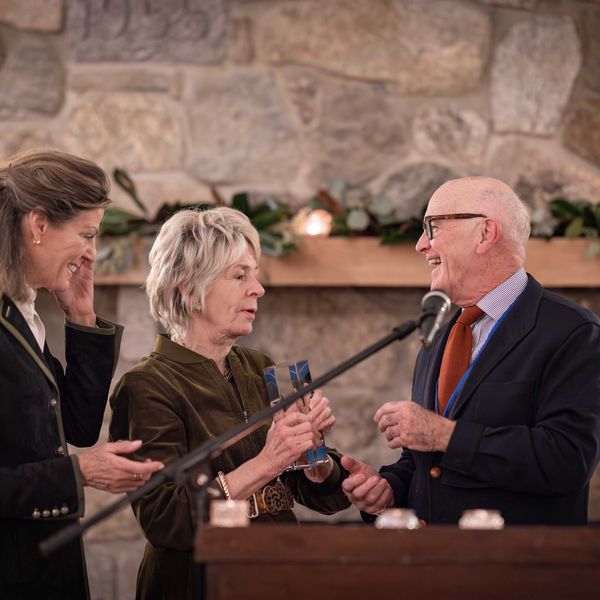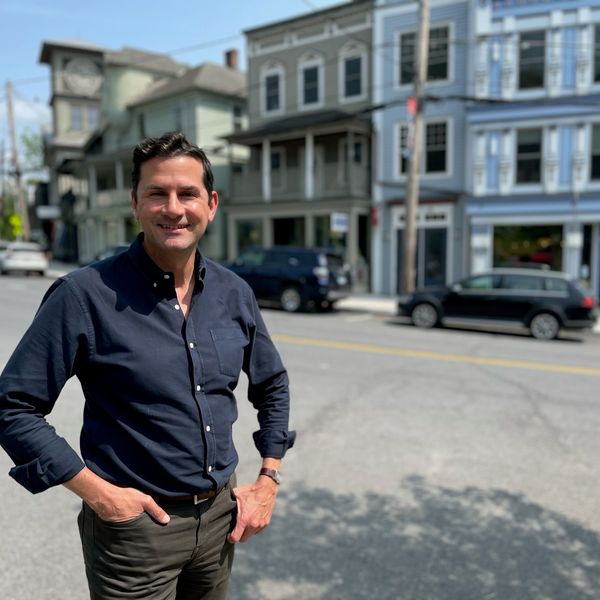Lightning’s impact on forests’ big trees
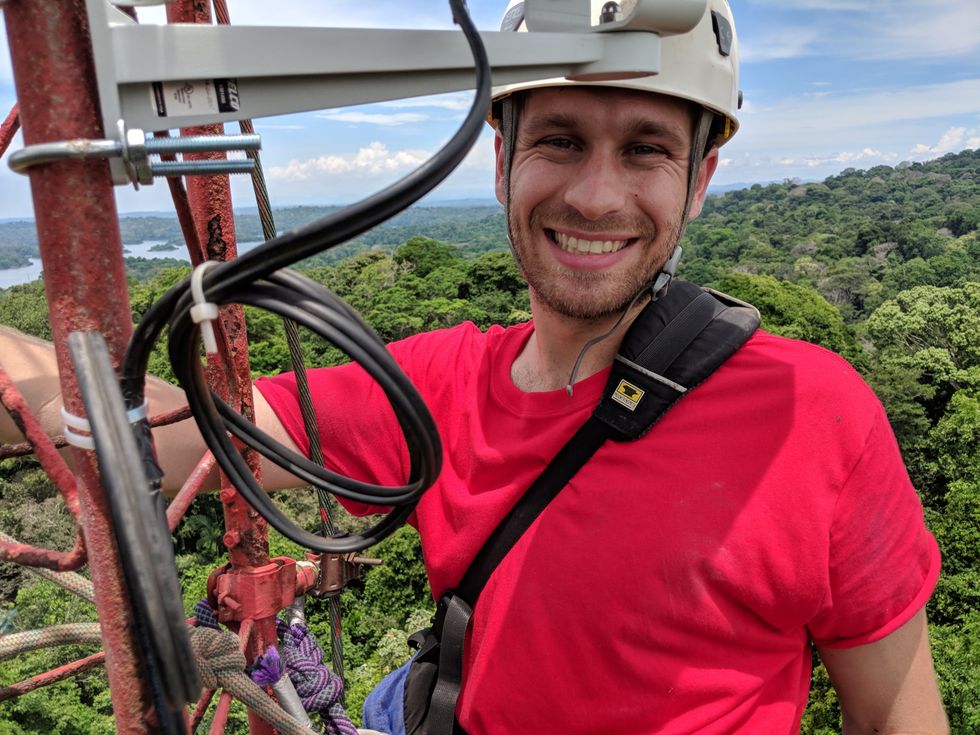
Evan Gora, forest ecologist, getting ready to land at one of the research sites in Panama, where he will study lightning strikes in the forested areas. Photo Submitted by Cary Institute of Ecosystem Studies
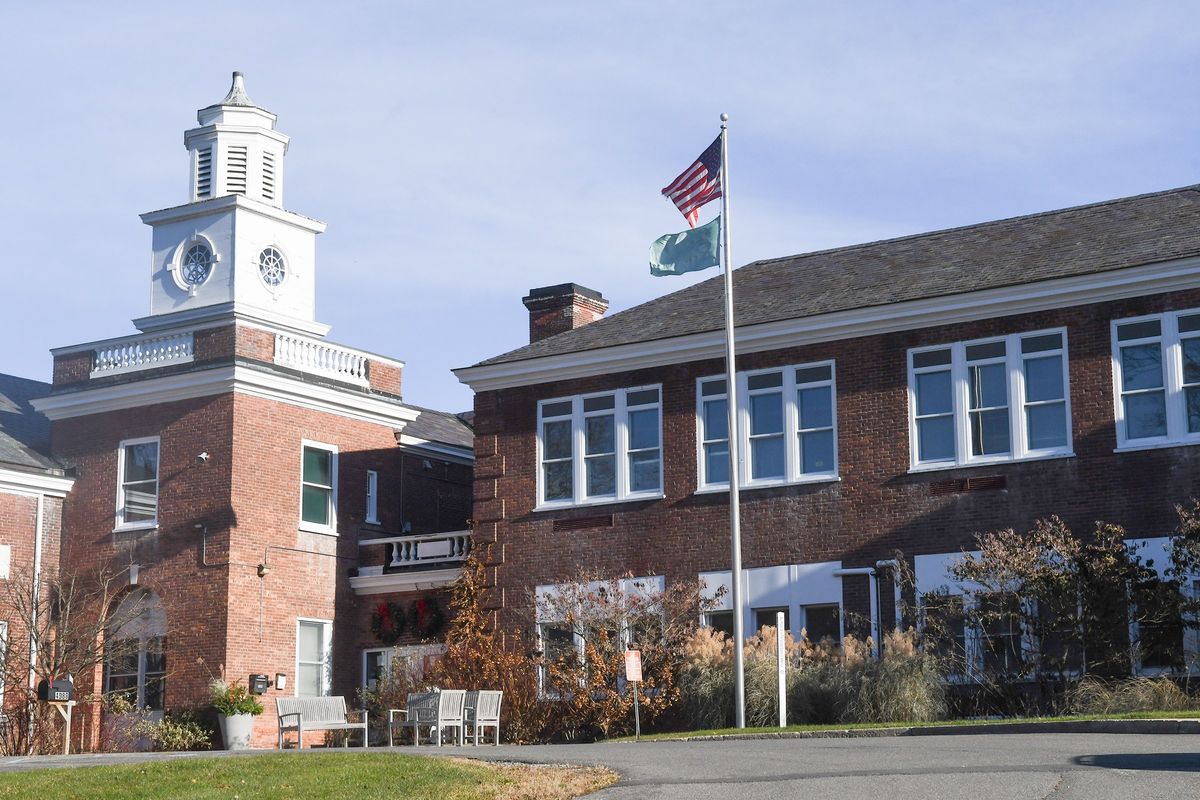











 Cover of “Les Flashs d’Anne”Jennifer Almquist
Cover of “Les Flashs d’Anne”Jennifer Almquist Orson Welles, top, and Hervé Guibert and André Kertész by Anne DayJennifer Almquist
Orson Welles, top, and Hervé Guibert and André Kertész by Anne DayJennifer Almquist Self-portrait, New York City, 1981by Anne DayJennifer Almquist
Self-portrait, New York City, 1981by Anne DayJennifer Almquist
